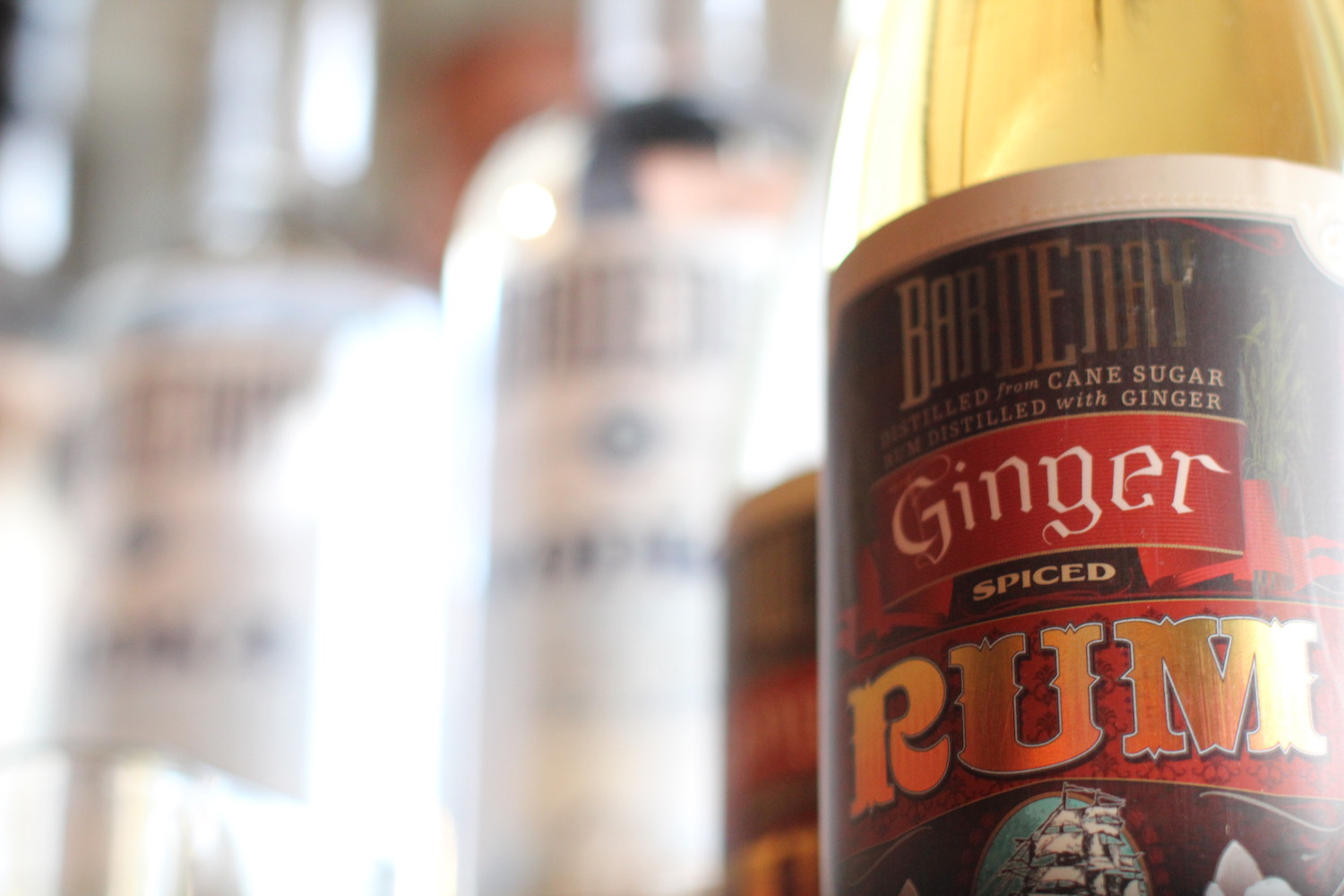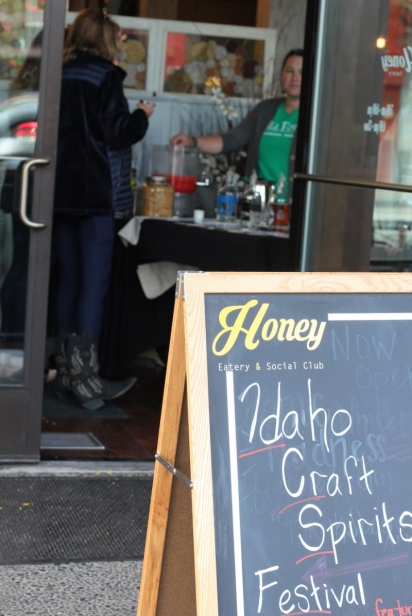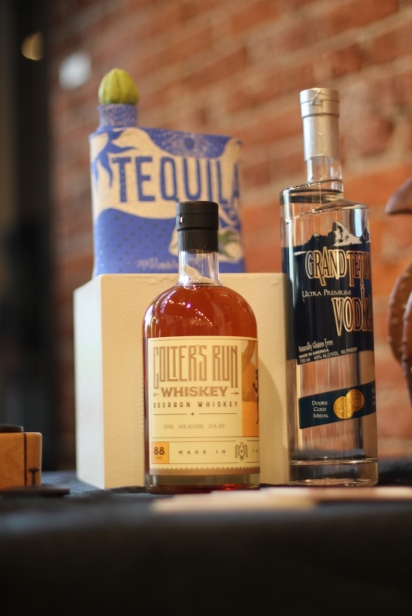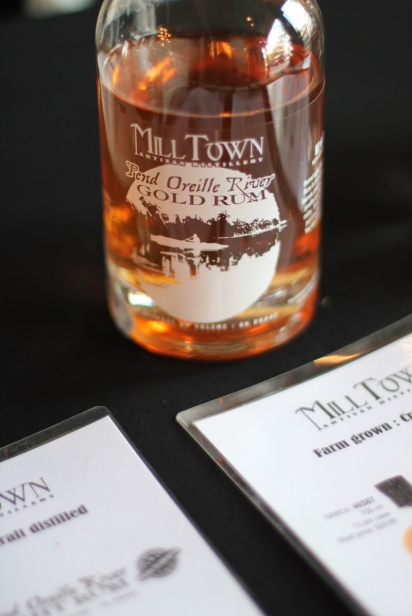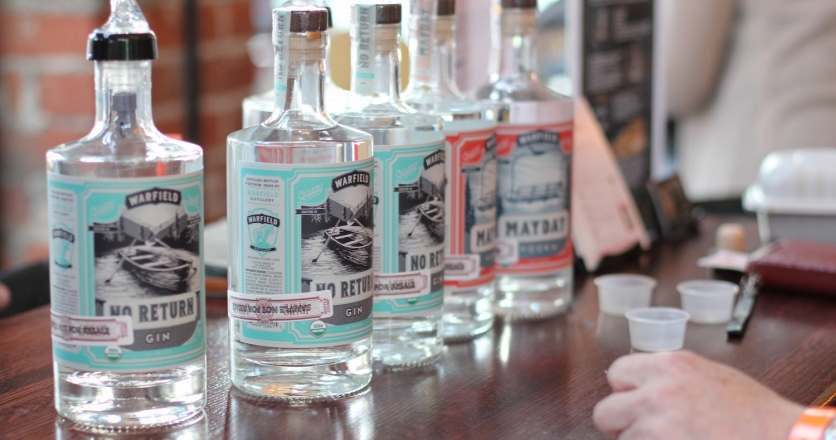Crafting a Spirits Industry
Artisan spirits continue to move from the margins to mainstream. Although the onus is still on states to regulate production, many—Idaho included—have embraced the boon that is the nation’s $3.7 billion craft distilling industry.
The American Craft Spirits Association (ACSA) estimates the number of distilleries grew more than 15% from 2016—liquor offers considerable revenue streams—both retail and individual sales were up around 25% since 2017.
Coincidentally, 2017 is the year Idaho’s burgeoning distilling industry got a boost from former Gov. Butch Otter, who proclaimed July “Idaho Spirits Month.” One year later, the Idaho Distillers Association (IDA), a nonprofit trade organization, coalesced at Bardenay’s Boise location to build awareness across the industry, reaching out to bars, restaurants, the media and even the Idaho State Liquor Division (ISLD), which has overseen alcohol production, distribution and consumption since 1935.
“We wanted them to meet us face to face and try our products, be able to ask questions and, hopefully, buy our products, feature them in a cocktail so more Idaho residents can try our products, write a story about us in the local newspapers and promote the Idaho craft distilling scene,” says Hilary Mann, an IDA member and co-founder of Up North Distillery out of Post Falls, Idaho, with her husband, Randy Mann.
In 2018, IDA members met in North Idaho, partnering with Coeur d’Alene’s downtown association to create a consumer-focused tasting event.
“We advertised it as the Idaho Craft Spirits Festival and paired each Idaho distillery with a downtown business that had a liquor license,” says Mann. Paying participants sampled gin, vodka, whiskey and other liquors produced in-state, albeit in modest samples as required by law: just a quarter of an ounce.
Consumers could also speak with distillery representatives from IDA’s ranks: Bardenay Restaurant & Distillery (Boise/Eagle/Coeur d’Alene); Koenig Distillery (Caldwell); Warfield Distillery (Ketchum); 44 Degrees North (Boise), which recently acquired 8 Feathers; Up North; Mill Town Artisan Distillery (Sandpoint); Grand Teton Distillery (Driggs) and Drinc Inc. (Rigby).
And if something struck their fancy, consumers could purchase locally produced craft spirits.
“Legally, this had to be in a location that did not have a liquor license and had to be hosted by a liquor store already established with the Idaho Liquor Division,” says Mann, who worked with ISLD and the Alcohol Beverage Control board to set up the store at The Art Spirit Gallery for the evening based on Up North’s liquor license.
They’re fortunate, says Mann, who arduously navigated the path from Prohibition-era regulations to Idaho’s current liquor laws so that Up North has been able to not only distill on-site, but also have a bar and a separate liquor store.
“Many [distilleries] do not have a tasting room or the ability to serve cocktails due to Idaho laws that restrict the sample size in the absence of a liquor license, which is based on the population of a town and can be hard to come by,” she explains.
Many liquor laws around the nation are archaic, says Mann, so distiller associations continue to advocate for leveling the playing field with breweries and wineries that do not face the same restrictions as distilleries.
Ken Wyatt, who co-founded 44 Degrees North with Ron Zier in 2004, sees all sides of the issue.
“There’s no one who owns a distillery who wants to see someone leave their premises after consuming too much alcohol,” says Wyatt. “We think it’s part of being responsible as citizens and we think our product— when used how we think it should be used—is appropriate.”
Although he appreciates the temperance argument—Article III of Idaho’s constitution actually codifies temperance in the context of morality—the ISLD is also tasked with promoting revenue, he says.
“There’s basically an opportunity for this industry to expand—if you want to hold it to the same standards as craft brewing—from four to five times,” says Wyatt, who notes that the alcohol content in craft beer, for example, continues to climb.
The upside to distilling in Idaho is significant, says Wyatt. “You have access to—locally—everything you need,” including land, transportation and raw materials. 44 Degress North, for example, utilizes Idaho potatoes, while Koenig uses local fruit in their brandy and Up North sources their honey from southern Idaho.
Unfortunately, he says, Idaho distilleries may find themselves competing with out-of-state producers whose laws are more favorable.
“For distilleries to really prosper in the state, we’ll have to figure out how to deal with that and balance the needs of community, state, business and consumer.”
Idaho Distillers Association
Bardenay | @bardenay
Up North Distillery | @upnorthdistillery
Idaho Craft Spirits Festival
Koenig Distillery | @koenigdistillery
Warfield Distillery | @warfield_idaho
44 Degrees North | @44northvodka
Mill Town Artisan Distillery
Grand Teton Distillery | @tetondistillery
Drinc Inc.


